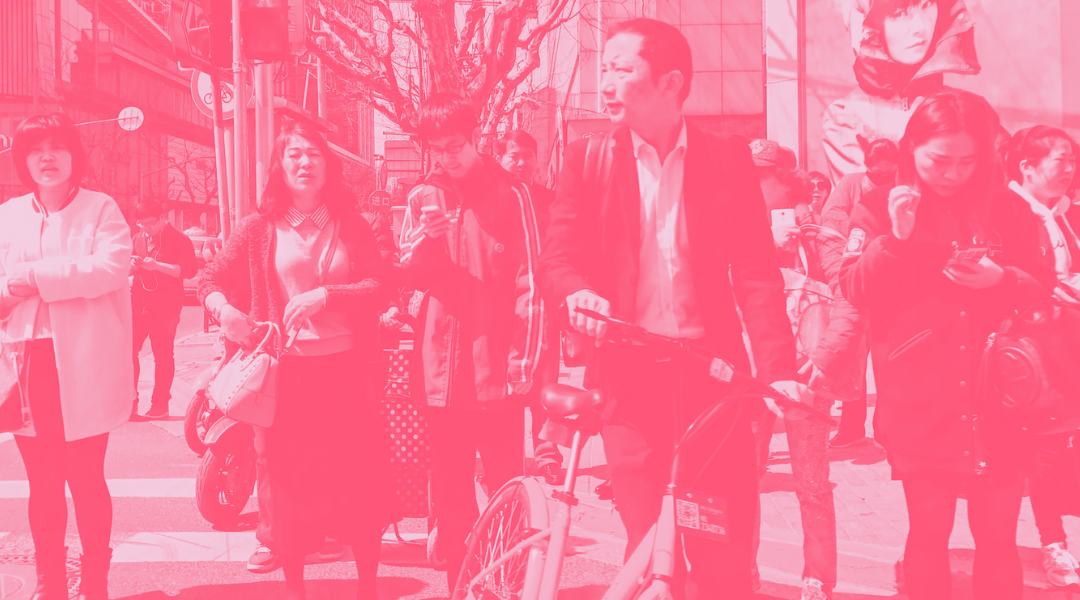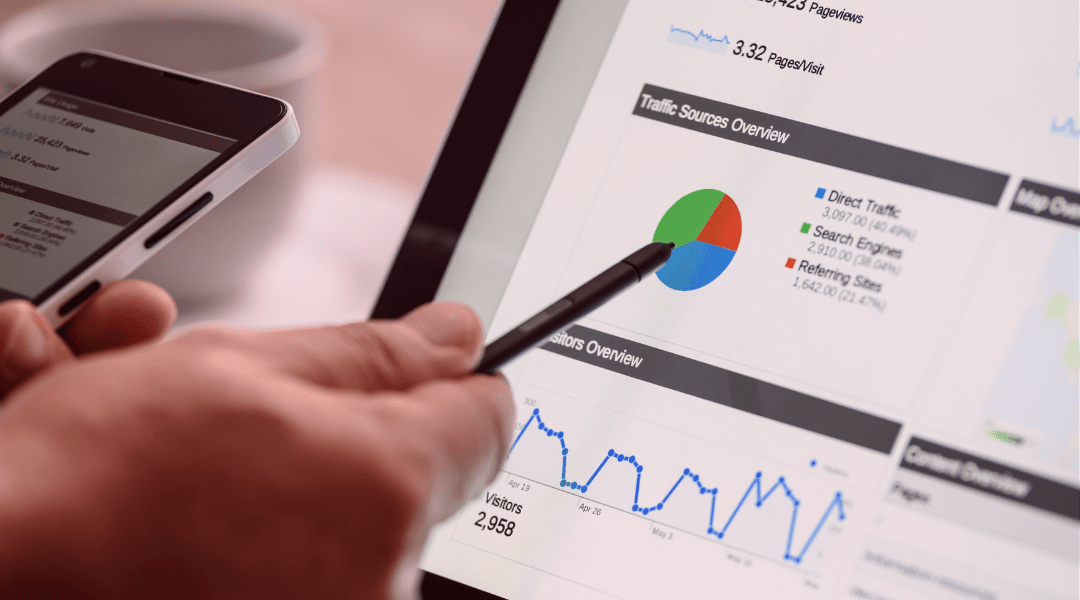10 Key digital marketing trends for 2025
2025 promises to be a year of profound transformation in the digital marketing landscape, driven by technological advances, changes in consumer...
Plan, activate and control media to hit targets with precision.
Turn data into smart decisions with advanced analytics and modeling.
Efficiency, governance and scale for agencies and teams.
![[Ebook] SEO + AI: eBook to Master AI Overviews and GEO](https://www.adsmurai.com/hubfs/MKT%20-%202025/WEB/Resources%20-%20Banners/HeaderEN_Ebook_SEO+AI.png)
[Ebook] SEO + AI: eBook to Master AI Overviews and GEO
Learn how to structure and distribute your content so generative models can understand it, trust it, and reuse it in their answers. A practical guide to compete and appear in AI Overviews and AI-powered assistants.
Discover more
Double 11 or Singles’Day was created by Alibaba 12 years ago and year over year has become the ultimate Chinese shopping festival. As we told you in our last blogpost, it’s not only about getting purchases but offering 360 degree entertainment to the customers.
For consumers, Double 11 is a not-to-miss opportunity because everything is sold at a cheaper price. For brands and merchants, this festival means the most important “battle” of the year, that’s why creating a long term strategy with detailed forecast and operational planning is a must during the preparation months.
TABLE OF CONTENTS
Nowadays, consumers have developed the habit of discovering new brands and products on multiple social media (in Chinese this marketing term is called 种草/seeding). And after discovering, they finalize the purchase on Taobao, Tmall or other social channels (for example WeChat mini program store or Douyin store), wherever they find the best deal.
Consumer decision-making cycles may vary depending on the verticals. See the timeline below before and during Double 11:
(source: 36Kr https://www.36kr.com/p/932150887958921)
As we can see in the timeline, your marketing digital strategy on social platforms needs to be planned earlier in September in order to give enough time to the campaigns to drive awareness, interest and search to the ecommerce platform.
In a quick view, Chinese marketing rhythm in a yearly scale could look like:
During Q2, acquire new fans to your private traffic or membership program. You can use product seeding or paid campaigns, for example, and drive them down the funnel.
Q3 should be for acquiring new customers and keeping customers loyal and active.
In Q4 comes the explosive conversion with Double 11, consecutive days and the end of the year sales.
In 2019 Tmall Double 11 engaged 500 million consumers and 200.000 brands around the globe. These results have made Tmall the main platform to turn to when it comes to the Chinese market. But, don’t forget other social media platforms too.
For brands in an early entry stage in China or looking for further expansion, there are two phases that should be considered:
Keep increasing the amount of posts and reviews of your brand to generate volume and trust. The fierce competition and picky customers in the Chinese market are pushing brands, marketers, influencers and platforms to innovate their strategy and services at an unprecedented speed.
RED or xiaohongshu is considered the top social platform for seeding. “Seeding” is the strategy of building brand awareness and interest by collaborating with influencers, KOLs and KOCs, to approach customers with a native user generated content and generate trust.
(source: RED. RED is a UGC platform sharing ideas for fashion, beauty, travel, lifestyle... ideal for brands to collaborate with influencers and KOLs)
The audience size of RED (MAU 138M) is still niche compared to WeChat (MAU 1200M) and Douyin (MAU 600M), but it is essential for new brands entering the Chinese market. As 90% active users are females with high purchasing power, concentrated in tier 1 cities, it is especially relevant for beauty, fashion and other female-oriented verticals. RED can strongly influence consumer purchasing decisions. Many girls use RED as “Google”: when they’re interested in a new brand/product, to search for posts and reviews.
In the following image we can see how customer behaviour has changed, including the Search stage.
(source: Adsmurai study. Updated consumer journey and related platforms)
By using seed audience provided by brand (eg. loyal members, buyers in the last 30 days), Adsmurai Marketing Platform can match the data with the massive audiences on Tencent (WeChat) and ByteDance (Douyin). Through big data we drive more potential qualified customers to get them down the funnel. Let’s see some examples:
WeChat Single Dynamic Product Ads (SDPA) are similar to Facebook DBA. This type of ads use systematic product catalog information (brand, category, style, price...) to match with the most appropriate users based on the user's recent browsing history and preference. If you have a potential hero product or important collection to push, this is the best solution. Let products find people, instead of people finding products. Leverage 1.2 billion active users on WeChat, efficiently acquire new followers and drive qualified traffic to your online store.
WeChat SDPA can be combined with static ads too. Carry out A/B testing to find the best proportion of dynamic & static ads suitable for your brand. For advertisers with great amounts of products such as e-commerce, real estate or education, dynamic ads may perform more efficiently than static ads.
Douyin Dynamic Ads are similar to Facebook DPA and can leverage user’s e-commerce browsing data to achieve accurate retargeting. Douyin also provides dynamic creatives and dynamic landing pages to draw a more customized journey and likelihood of conversion. Retargeting campaigns are effective especially during promotion seasons such as Double 11.
If you are looking forward to including Double 11 in your Q4 digital marketing strategy, contact us!

2025 promises to be a year of profound transformation in the digital marketing landscape, driven by technological advances, changes in consumer...

We are in the final stretch of the year and the digital sector is beginning to show new changes, strategies and formats, which will consolidate in...

Video gaming is one of the main options with subscription movie and TV services. This includes mobile app gaming and live sharing services.